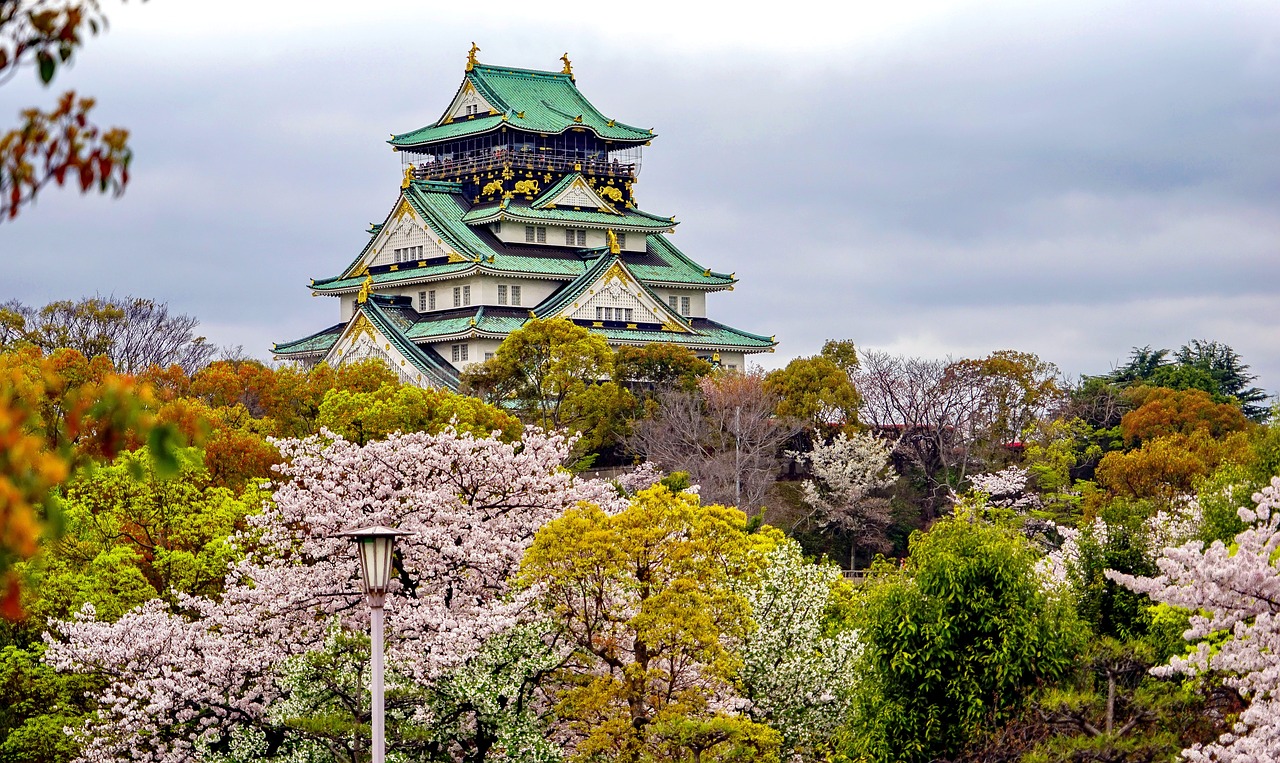Japan, an island in the Pacific Ocean, is recognized for its dynamic cities, rich history, cutting-edge technology and charming nature. Beyond the neon lights of Tokyo and the ancient temples of Kyoto, Japan has a richness of natural beauty that draws visitors looking for a profound connection with the Earth. We encourage you to embark on a trip across Japan’s rich and awe-inspiring natural treasures, exploring the calm landscapes, unspoiled wilderness, and intriguing species that make Japan a nature lover’s dream in this detailed investigation.
Mountains:
Japan’s hilly geography, known as the “Roof of the World,” has played an important part in molding the country’s landscapes and culture.

Mount Fuji:
Mount Fuji, at 3,776 meters (12,389 ft), is Japan’s most renowned and venerated peak. This symmetrical beauty, which is sometimes covered with snow, is a national emblem and is even regarded as holy in Japanese society. Climbing to the peak is a popular endeavor for both residents and visitors, with the reward being stunning vistas, especially around daybreak.
Japan Alps: Nature’s Playground:
The Northern Alps (Hida Mountains), Central Alps (Kiso Mountains), and Southern Alps (Akaishi Mountains) of Japan provide infinite options for outdoor enthusiasts. Explore the unspoiled splendor of Kamikochi in the Northern Alps, with its green waterways and majestic peaks. The Central Alps, including Nagano Prefecture, provide world-class skiing and snowboarding in destinations such as Hakuba to winter sports aficionados.
Kyushu’s Volcanic Wonderland:
The Kyushu area has an impressive assortment of active volcanoes. Mount Aso’s caldera is one of the world’s biggest, and you may stare into its burning crater while experiencing the Earth’s force beneath your feet. Furthermore, the Kirishima Mountains provide excellent trekking possibilities, with paths going to the summits of numerous active volcanoes.
Forests:
Japan’s verdant woods not only provide breathtaking scenery, but they also have deep spiritual importance.

Yakushima:
Yakushima Island is renowned for its ancient cedar trees, some of which are over 7,000 years old. The mysterious woodland is home to Jomon Sugi, Japan’s oldest tree and a cherished emblem of natural resilience. Hiking through this woodland is like taking a step back in time.
Arashiyama Bamboo Grove:
The Arashiyama Bamboo Grove, located near Kyoto, is a surreal bamboo forest. The quiet rustling of leaves overhead produces a calming melody as you walk among its tall bamboo stalks, providing an ethereal sensation.
Jigokudani Monkey Park:
The Jigokudani Monkey Park, located in the Joshinetsu-Kogen National Park, provides an unforgettable experience through japan’s nature. During the winter months, you may see Japanese macaques, sometimes known as “snow monkeys,” basking in the natural hot springs, a sight that is both beautiful and humorous.
Lakes and Rivers:
Lakes, rivers, and nature in Japan provide peaceful environments for rest and reflection.

Lake Kawaguchi:
Lake Kawaguchi, located near Mount Fuji, provides a tranquil backdrop for boat excursions, lakeside strolls, and viewing the famed peak’s reflection on calm days. It’s a spot to take in the peaceful splendor of Japan’s natural settings.
Oirase Stream:
The Oirase Stream, which flows through Aomori Prefecture, is noted for its crystal-clear waters and lush green environs. You’ll be surrounded by a beautiful environment as you walk along its banks, and the calming sounds of running water will transport you to a state of peace.
Floral Beauty:
Seasonal flowers in Japan add beautiful hues to the environment all year.

Cherry Blossom Viewing (Sakura):
Witness the enchanting cherry blossom season (sakura) in spring, when parks and streets around Japan bloom into pink and white hues. The sakura season is not just a scenic treat, but also a cultural event marked by picnics and celebrations.
Wisteria Tunnels:
Japan is decked with cascading wisteria blooms in late April. The wisteria tunnels of Ashikaga Flower Park and Kawachi Fuji Gardens create a fairytale-like ambiance.
Wildlife:
A variety of unique fauna may be found in Japan’s various landscapes

Tanuki:
These shy, raccoon-like creatures are often spotted in the countryside. In folklore, they are known for their playful and mischievous nature.
Red-Crowned Cranes:
In Japanese tradition, the red-crowned crane, or “tancho,” is a symbol of longevity and good fortune. During the winter, observe their elegant dance at Hokkaido’s Kushiro Wetlands.
